Mexican Key Lime Tree Information: Tips For Growing Key Limes
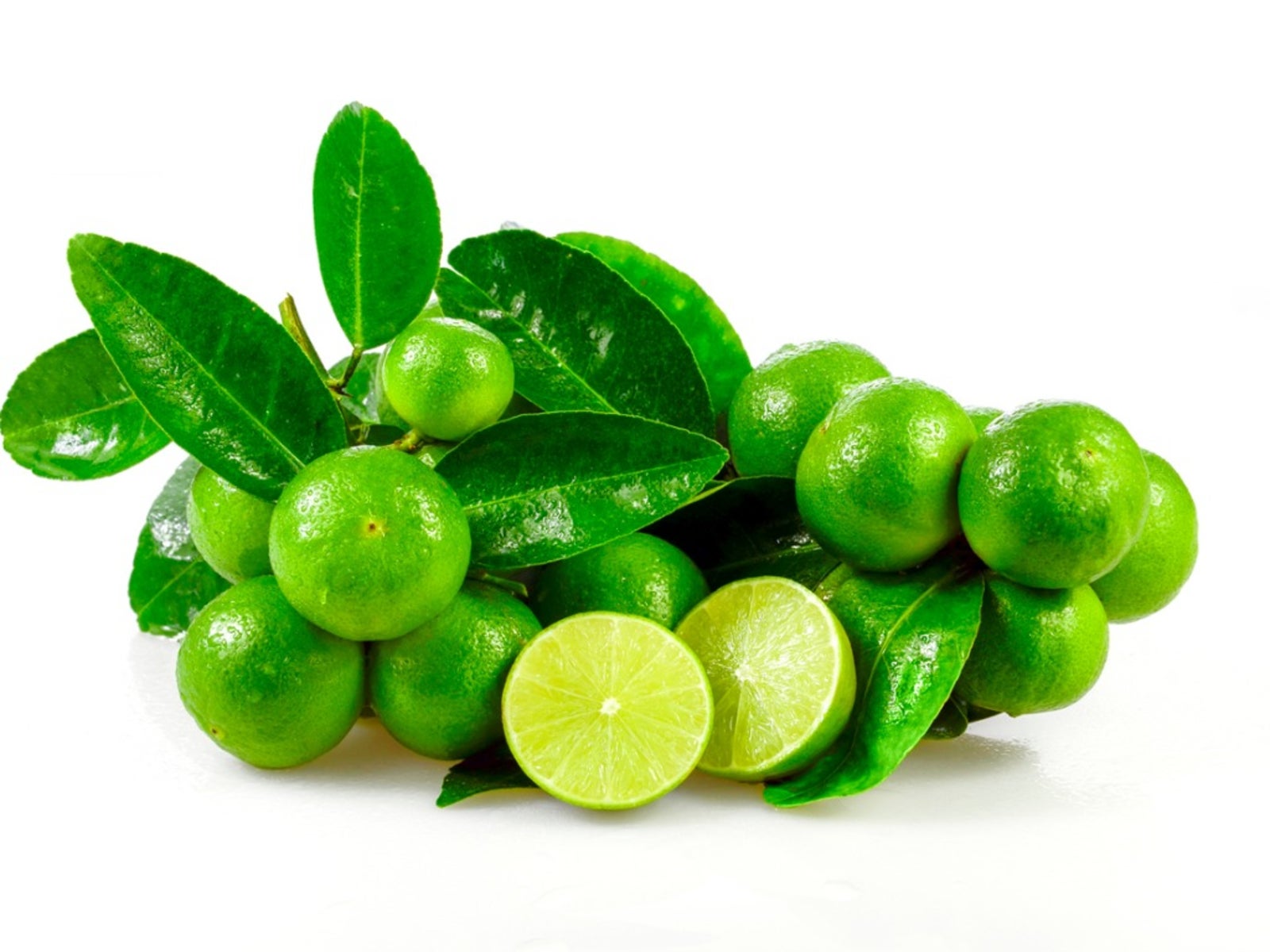
Almost anyone can grow Mexican key lime trees if you have the right information. Let's take a look at the growth and care of key lime trees.
Key Lime Tree Information
Mexican key lime (Citrus aurantifolia), also known as key lime, bartender's lime, and West Indian lime, is a moderately sized, evergreen fruit tree. It grows vigorously once you plant it in the ground, reaching heights of 6 1/2 to 13 feet (2 to 4 m.) tall. Mexican key lime trees have fragrant flowers with deep green leaves and the yellow-green limes that are about the size of a golf ball. Mexican key limes are the preferred fruit used by bartenders and pie bakers around the world. Growing key limes is not difficult when you meet their basic requirements.
How to Grow Mexican Key Lime Trees
When learning how to grow Mexican key lime trees, start by choosing a healthy tree. The leaves should not have holes or any ragged edges because this suggests bug damage. Inspect the foliage, especially the underside of the leaves for bug infestations. Tip the pot over so you can check the bottom drainage holes for roots. If you notice any, this suggests that the tree has grown in its pot for years and it is pot bound, so put it back. Mexican key lime trees aren't cheap. Spend your money wisely and get the best. Key lime trees are hardy in the U.S. Department of Agriculture zones 10 and 11, and they are sensitive to cold temperatures. If you live in California, plant this tree in a protected area, like the south side of your house. Mexican key lime trees need a site that has at least 10 hours of full sun. Mexican key lime trees can grow in a variety of soils, as long as it is well draining with a pH level of 6.1 to 7.8. Prepare a 4-foot (1 m.) diameter circle to plant your tree. Amend the soil with 4 to 5 inches (10 to 12.5 cm.) of organic compost, working it into the soil to a depth of 36 inches (91 cm.). Level the soil with your rake and then let the ground to settle for a week. When you dig the planting hole, make it twice as wide as the root ball, with an equal depth. Remove the container. Before you plant your Mexican key lime tree, check it for visible roots. If you see any, gently pull them away from the sides of the root ball with your fingers. If the roots are left growing in this position, they will ultimately choke the tree to death. Center the root section in the hole, making sure that the top of the root ball is 1/4 to 1/2 inch (6 mm. to 1 cm.) higher than the surrounding soil. Fill the hole with soil around the root ball, firming it as you go to collapse air pockets.
Care of Key Lime Trees
Once a week, water the Mexican key lime tree thoroughly. Place a 2- to 4-inch (5 to 10 cm.) layer of mulch over the soil to help it retain moisture and prevent weeds from growing. Keep the mulch 2 inches (5 cm.) away from the bark of the tree to prevent disease. When you are growing key limes, water them deeply and slowly so the moisture reaches deep into the soil. If the weather is hot and dry, you may need to water more frequently. Fertilize the Mexican key lime tree with a slow-release fertilizer that is high in nitrogen. It should have an NPK ratio of 2-1-1. Make sure that the fertilizer you use has trace minerals like iron, zinc, and manganese. If you notice the leaves turning yellow, that is a sign that it needs more fertilizer or the drainage is poor. Mexican key lime trees rarely have a pest problem except for snow scale on the island of Niue during a prolonged drought, though they are occasionally affected by some lime tree issues. Disease and fungal problems include withertip, or lime anthracnose, Fusarium oxysporum, Elsinoe fawcetti, algal disease, collar rot, and Sphaeropsis tumefaciens.
Gardening tips, videos, info and more delivered right to your inbox!
Sign up for the Gardening Know How newsletter today and receive a free copy of our e-book "How to Grow Delicious Tomatoes".
-
 Looking For Plants To Give You The Soft And Fuzzies? Try These 5 Fuzzy Leaf Plant Options
Looking For Plants To Give You The Soft And Fuzzies? Try These 5 Fuzzy Leaf Plant OptionsLovers of texture, drama, silver foliage and tactile plants will adore these special sensory garden additions. These fuzzy leaf plant options will leave you all aglow
By Susan Albert
-
 Get Ready For A Summer Of Hummers! Grow These Full Sun Hummingbird Plants and Flowers
Get Ready For A Summer Of Hummers! Grow These Full Sun Hummingbird Plants and FlowersIf you’re lucky enough to enjoy a sunny backyard, make sure you are maxing out on your pollinator opportunities and grow these full sun hummingbird plants and flowers
By Tonya Barnett
-
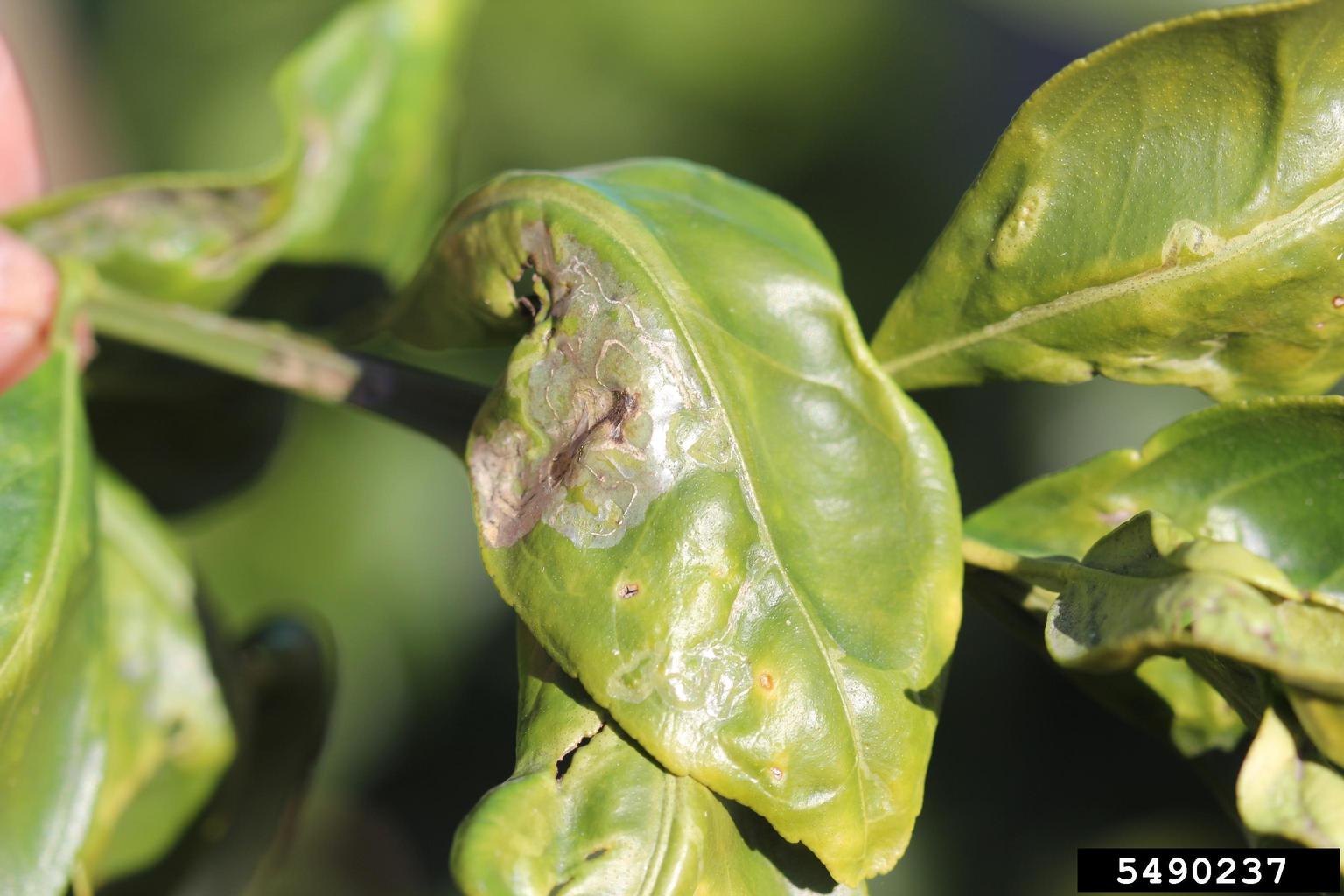 Lime Tree Leaf Curl: What Causes Curling Leaves On Lime Trees
Lime Tree Leaf Curl: What Causes Curling Leaves On Lime TreesYour lime leaves are curling and you have no idea where to start treating them. Have no fear, there are many innocent causes of leaf curl on lime trees. Learn what to look for and how to handle common lime tree leaf curl problems in this article.
By Kristi Waterworth
-
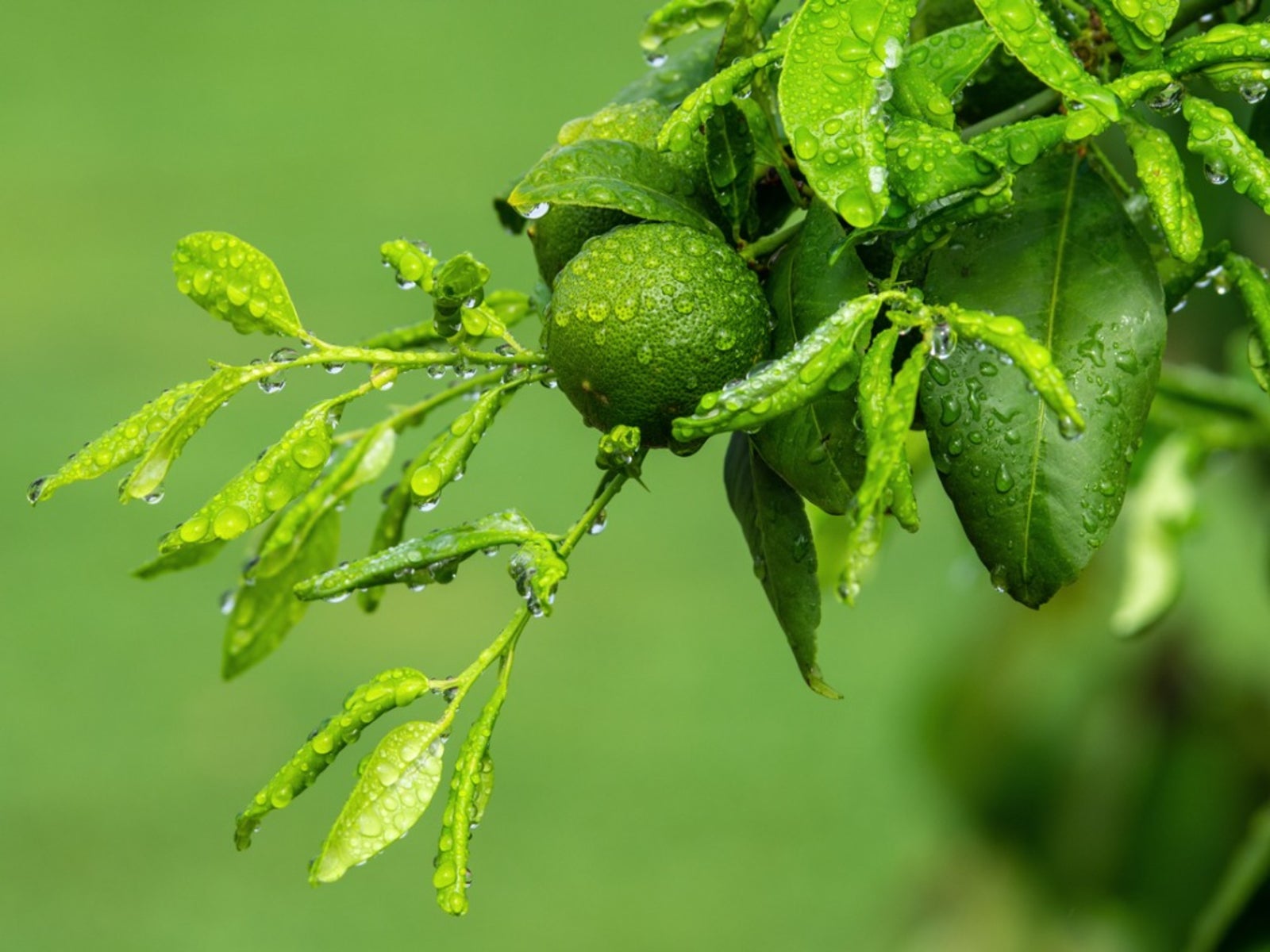 Fertilizing Lime Trees – Learn How To Fertilize A Lime Tree
Fertilizing Lime Trees – Learn How To Fertilize A Lime TreeGot a lime tree? Wondering how to fertilize your lime tree? Lime trees, like all citrus, are heavy feeders and, therefore, need supplemental fertilizer. But the question is, when do you fertilize lime trees? Click here and find out in this article.
By Amy Grant
-
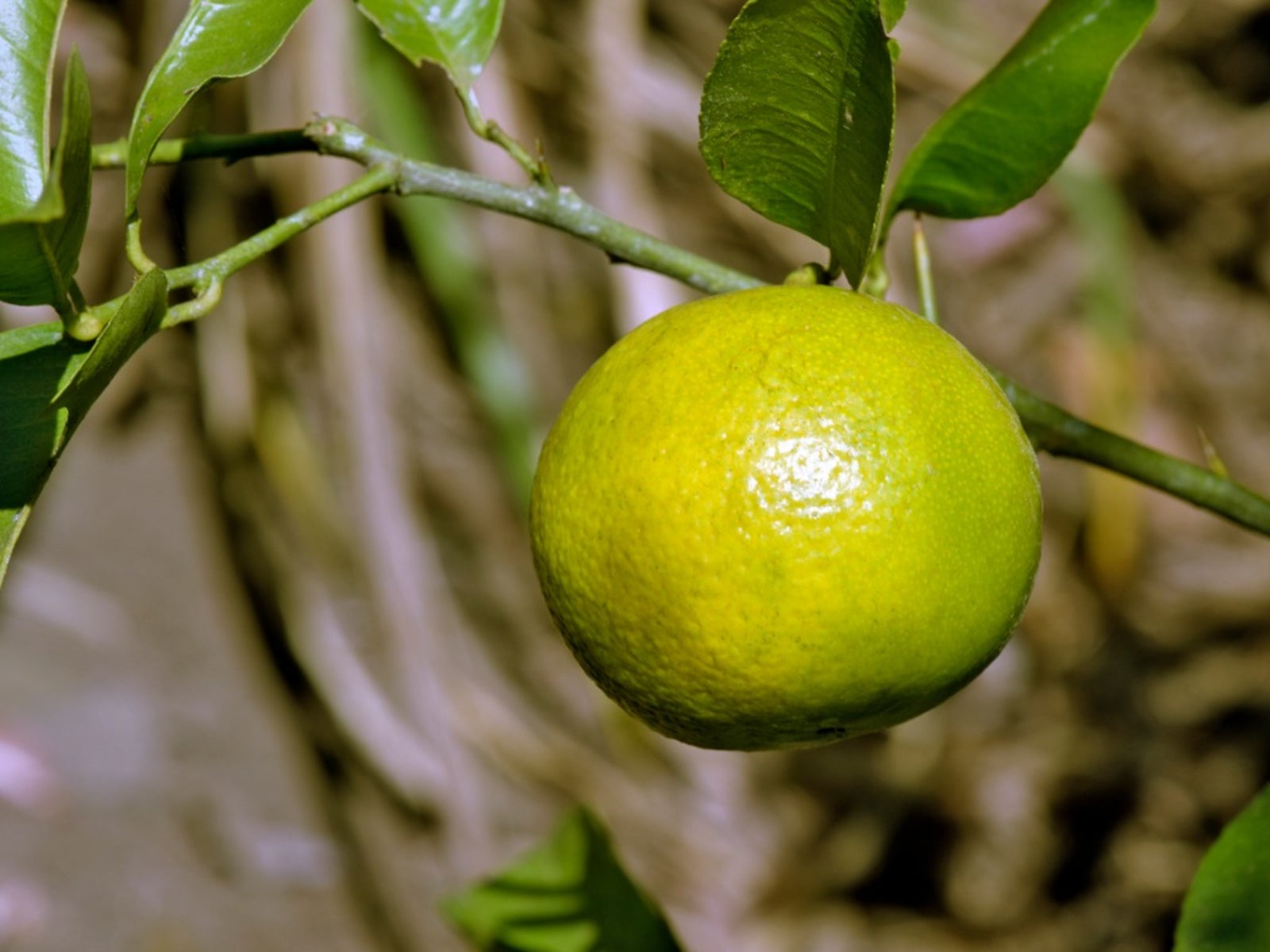 Sweet Lime Varieties – Sweet Lime Tree Growing And Care
Sweet Lime Varieties – Sweet Lime Tree Growing And CareThere's a new citrus on the block! Okay, it isn't new, but fairly obscure in the United States. We're talking sweet limes. Yes, a lime that is less tart and more on the sweet side. Intrigued? This article contains additional information.
By Amy Grant
-
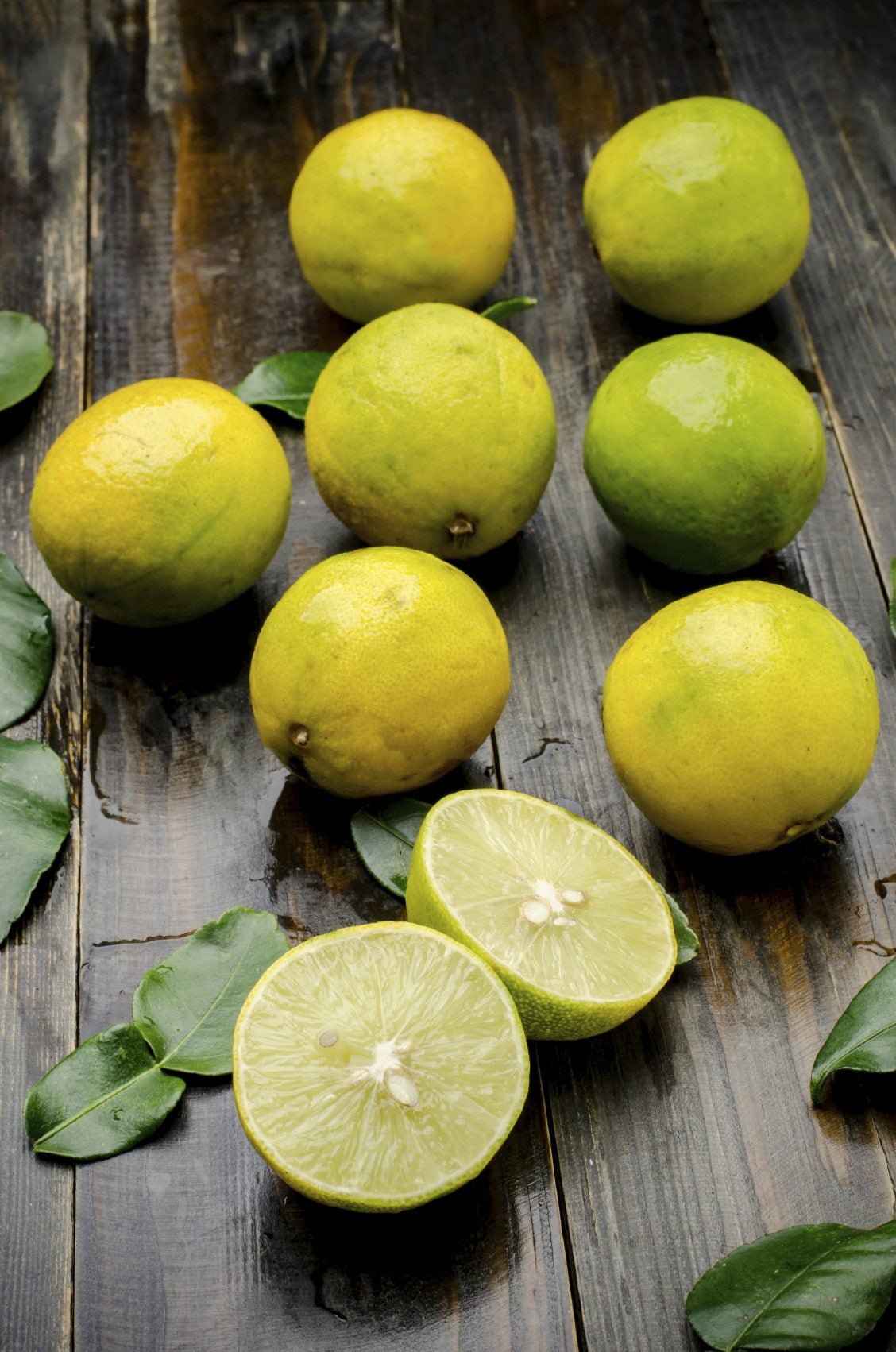 Are Yellow Limes Bad: What To Do With Yellow Limes
Are Yellow Limes Bad: What To Do With Yellow LimesWhen we purchase limes, they are generally fairly firm but with a slight give and uniformly green in color. What happens if you encounter limes with yellow skin though? Are yellow limes bad? Click here to learn more.
By Amy Grant
-
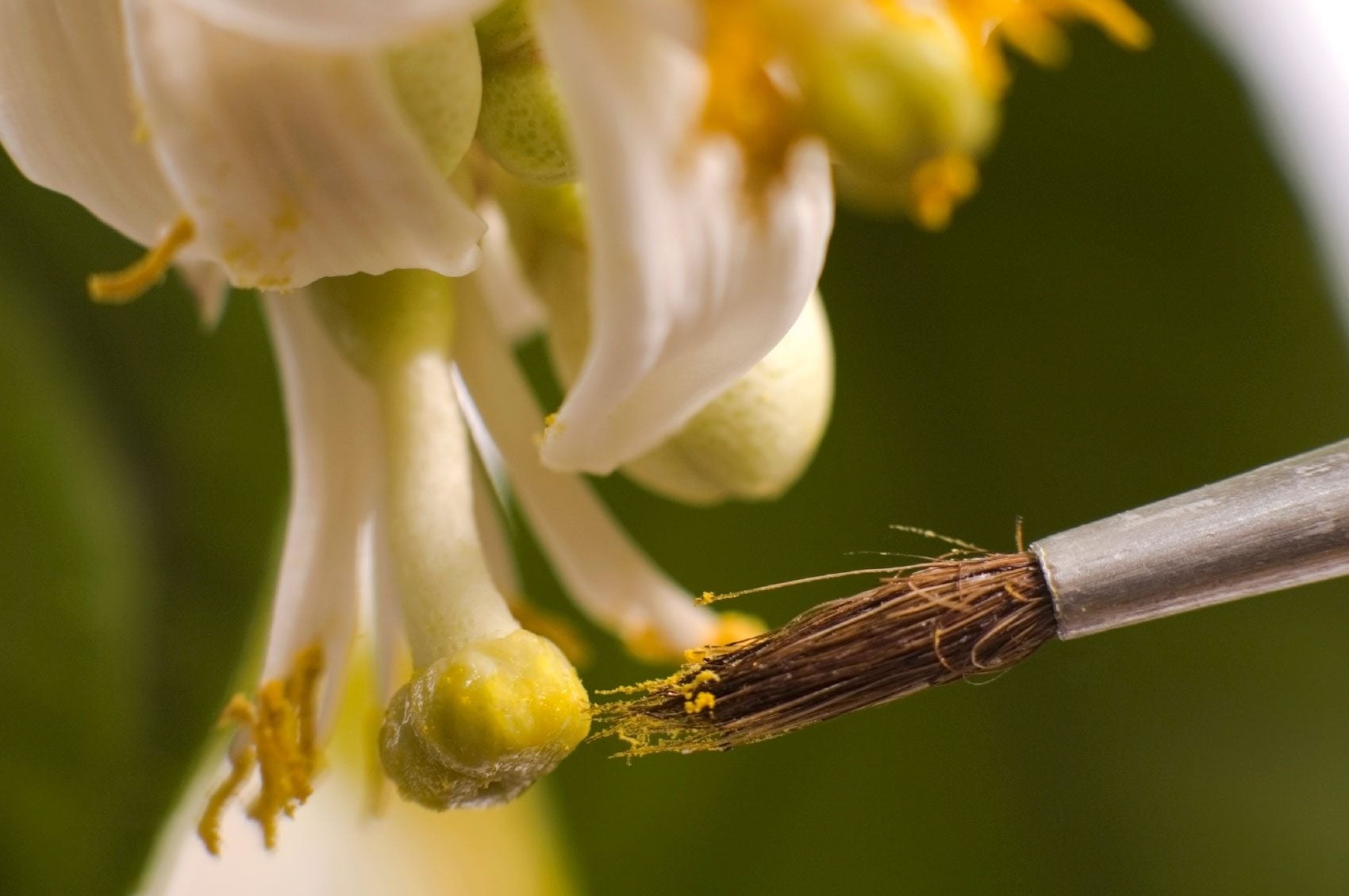 Hand Pollinating Lime Trees: How To Hand Pollinate A Lime Tree
Hand Pollinating Lime Trees: How To Hand Pollinate A Lime TreeIs your lime tree less than stellar in the pollination department? If your yield is meager, perhaps you have wondered if you can hand pollinate limes? This article will help you with hand pollination of lime trees.
By Amy Grant
-
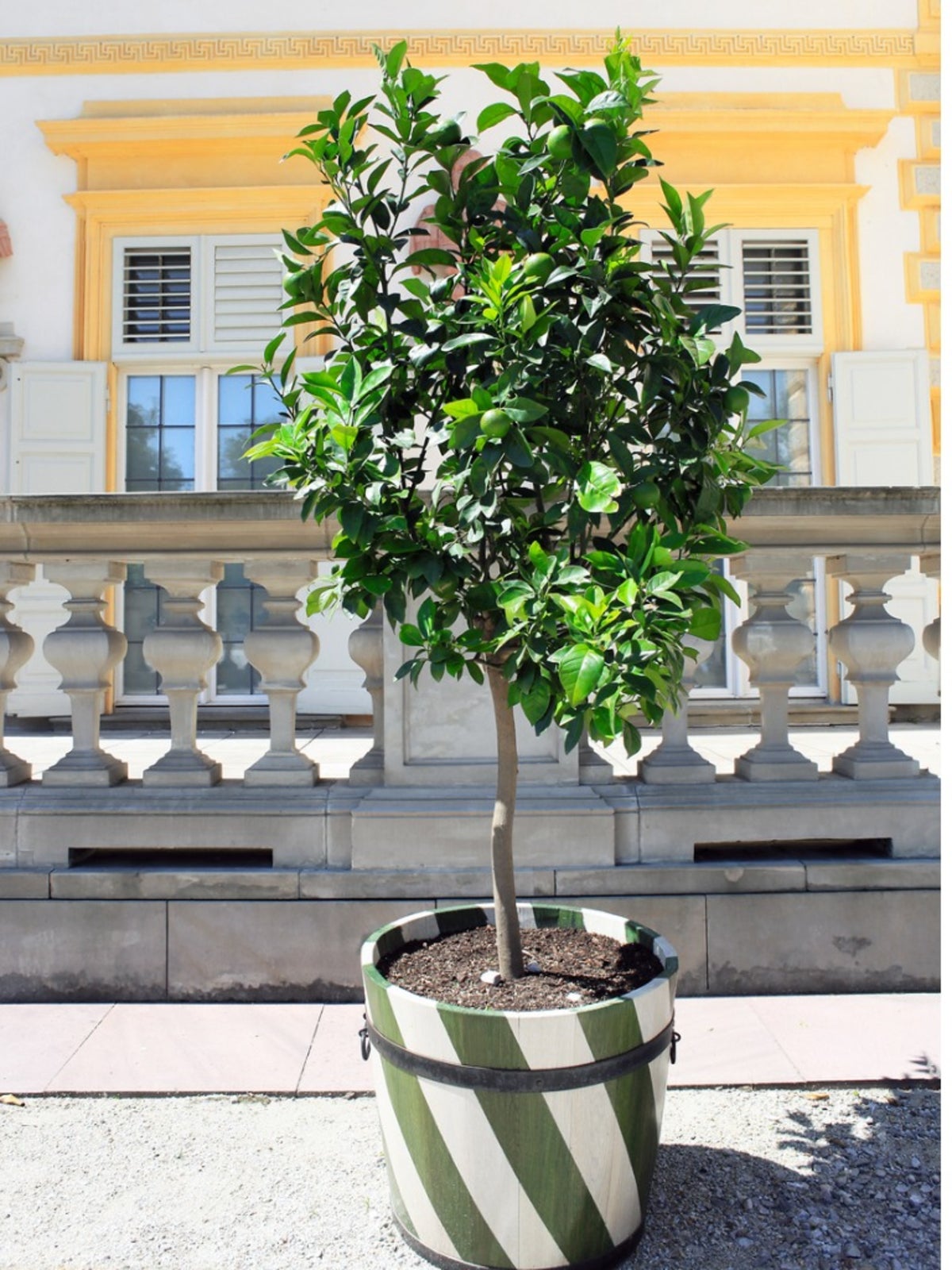 Potted Lime Trees: Caring For Container Grown Lime Trees
Potted Lime Trees: Caring For Container Grown Lime TreesGrowing lime trees in pots have the advantage of ease of movement and protection from cold. The information in this article will help with growing a potted lime tree. Click here to learn more.
By Amy Grant
-
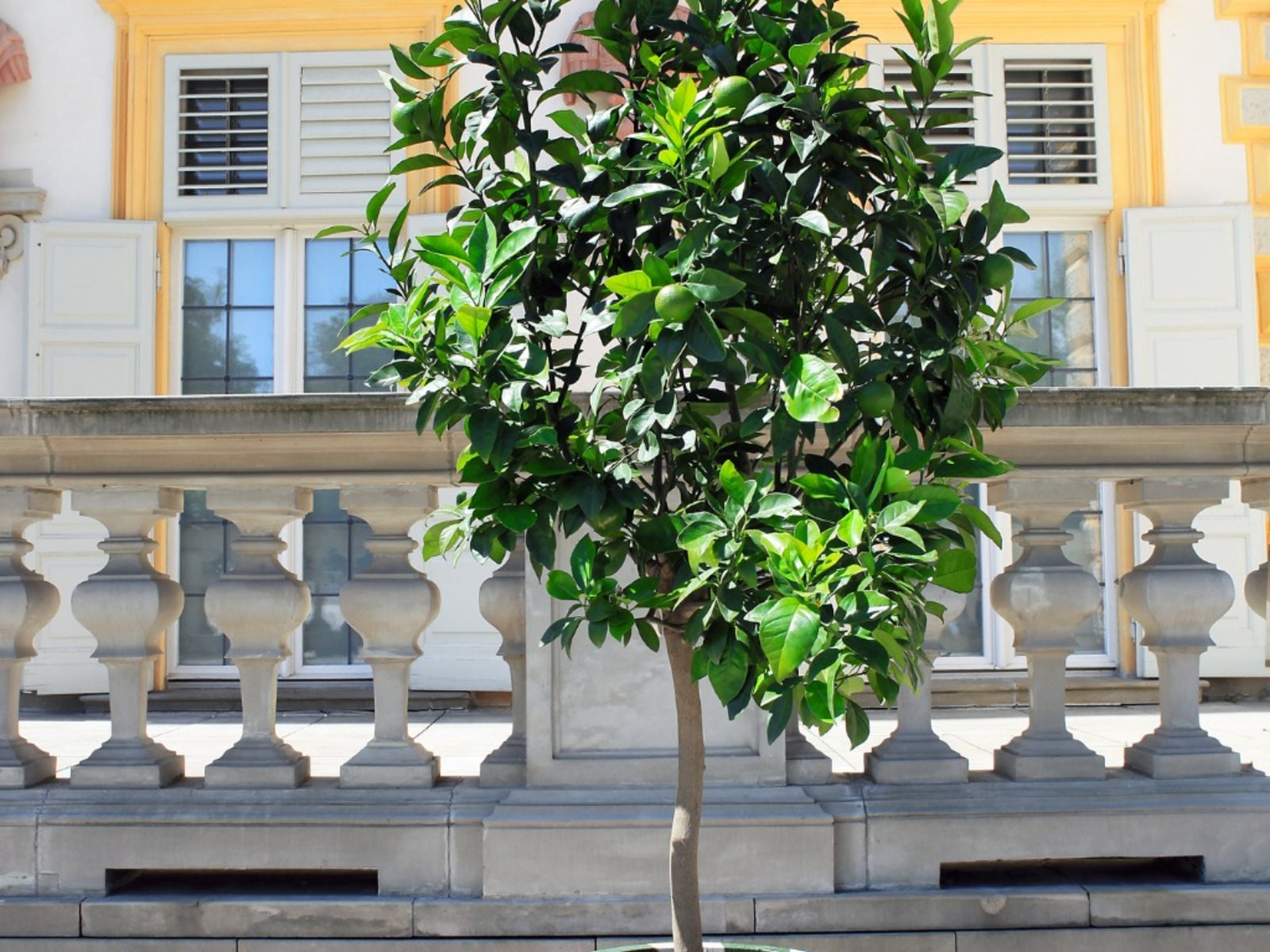 Watering Limes: How Much Water Do Lime Trees Need In Containers
Watering Limes: How Much Water Do Lime Trees Need In ContainersPlanting limes in pots will enable you to move them around more easily and grow them in cooler climates - but watering is crucial. How much water will these lime trees need? Read this article to find out.
By Amy Grant
-
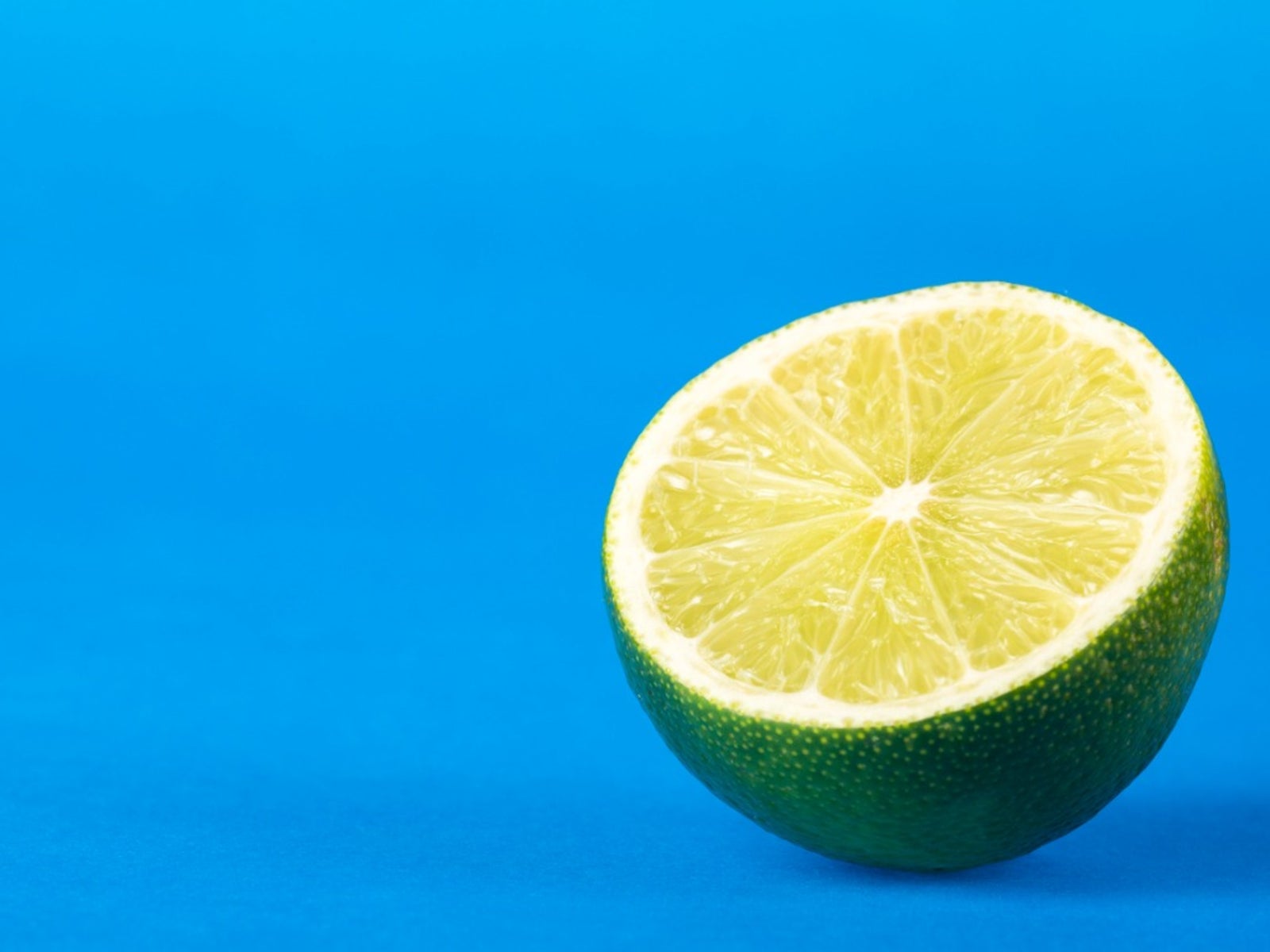 Persian Lime Care - How To Grow A Tahiti Persian Lime Tree
Persian Lime Care - How To Grow A Tahiti Persian Lime TreeThe Tahiti Persian lime tree is a bit of a mystery. Sure, it's a producer of lime green citrus fruit, but what else do we know about this member of the family Rutaceae? Find out about growing Tahiti Persian limes here.
By Amy Grant